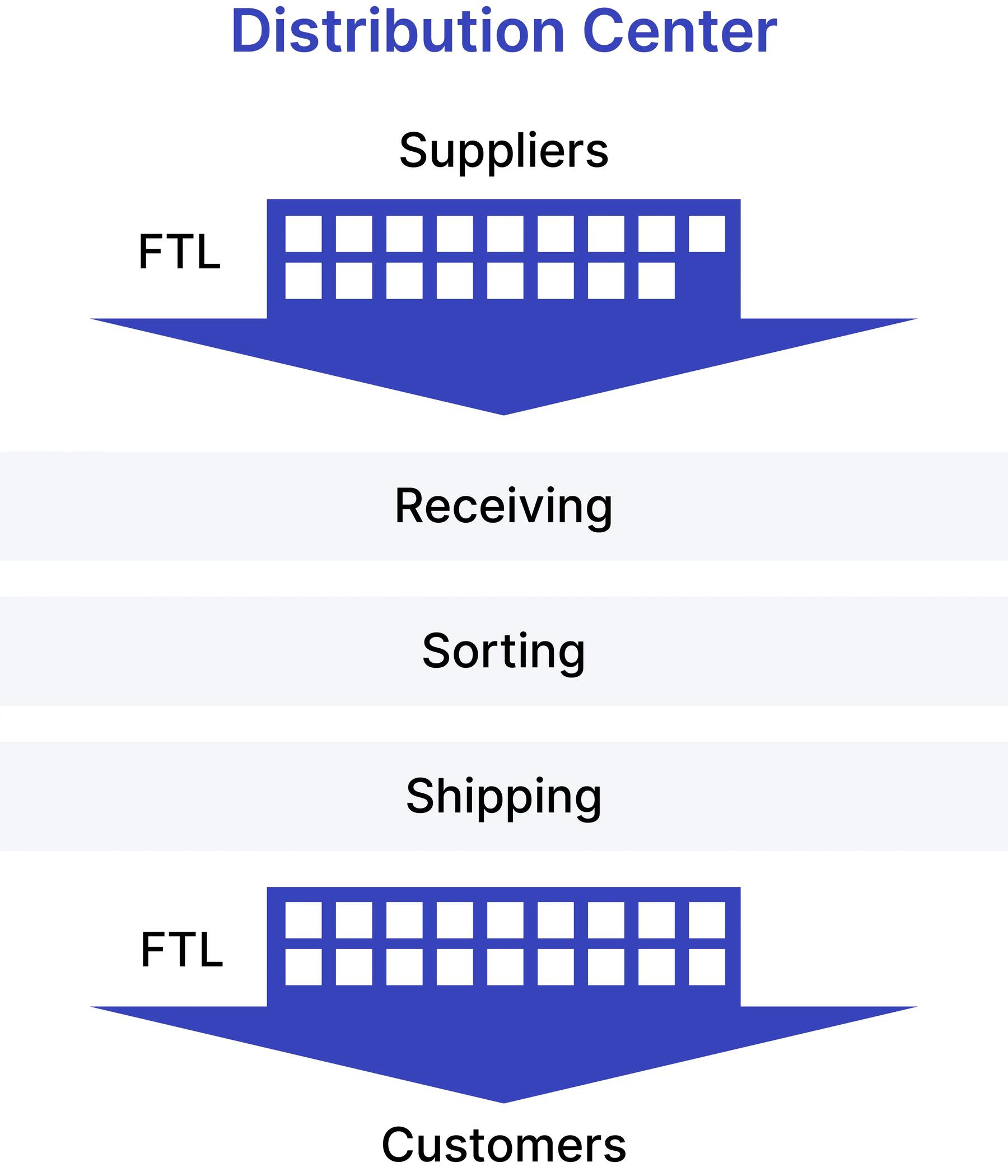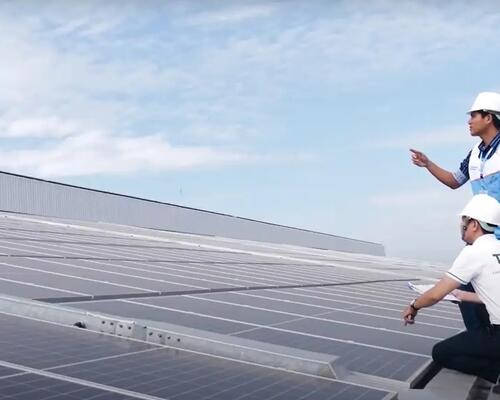Is a bike THE logistics solution?
When we’re thinking about last-mile delivery, especially in major cities, bikes quickly come to mind!
But while a bike is well-suited to towns, it’s not ideal for all deliveries.
Right now, the manufacture of bikes produces comparatively more emissions than the manufacture of vans for the same quantity transported.
If cargo bikes durability were to improve in the future - becoming more durable and covering more miles - then they’d have a lower carbon footprint.
Cargo bikes are not necessarily powered by renewable electricity. However, their energy consumption is very low (25Wh/ton.km compared to 250Wh/ton.km, i.e., ten times less), which makes them attractive compared to vans, even in countries with a very carbon-intensive electricity mix.
What about electric cargo bikes? These have a number of advantages for urban environments:
They’re permitted in Clean Air / Low Emission Zones (LEZ). Thanks to no-exhaust emissions, electric vehicles can circulate freely in urban areas where traffic restrictions exist. This contributes to better air quality.
They deliver a notable reduction in CO₂. Electric bikes produce significantly fewer CO₂ emissions compared to electric vans in most cases.
The technology is already here. Electric cargo bikes are already a working solution.
They drastically reduce noise pollution. Bikes are quieter than vans, improving noise levels in towns.
However, there are disadvantages too:
They have a limited charge and range. Electric bikes are mainly suited to short-distance deliveries (3-4 km) in densely populated urban areas.
They’re an expensive investment, particularly due to labor costs (a courier on a cargo bike will transport much less cargo than a courier in a van).
Electric cargo bikes are useful for short-distance urban deliveries in large, polluted cities, especially in countries using a lot of carbon-based electricity. However, their limited range and higher cost make electric bikes a less commonplace solution for last-mile logistics.










